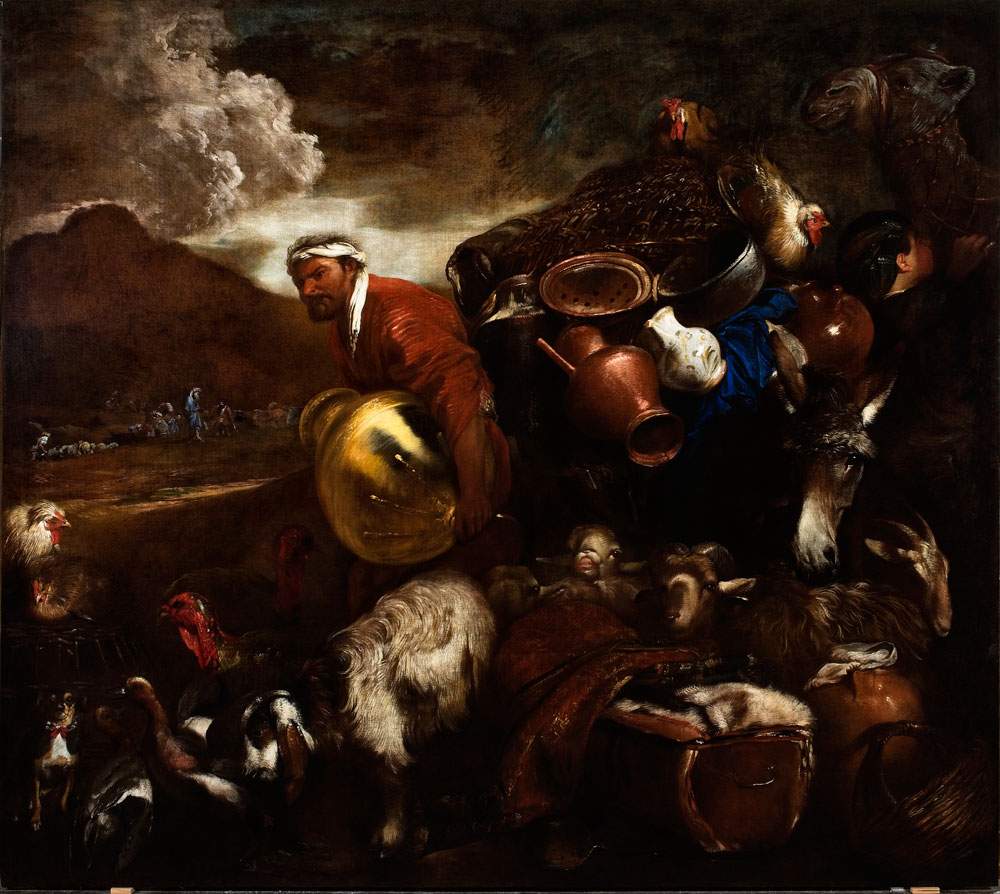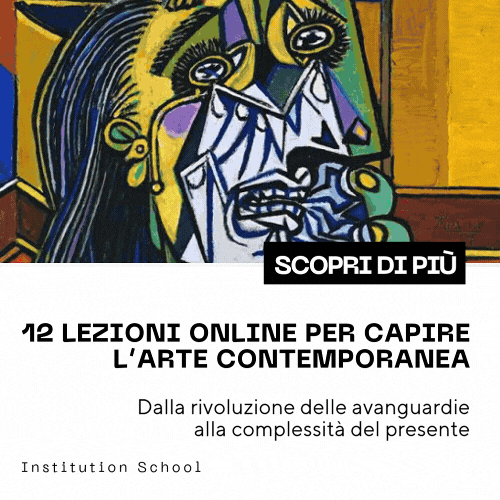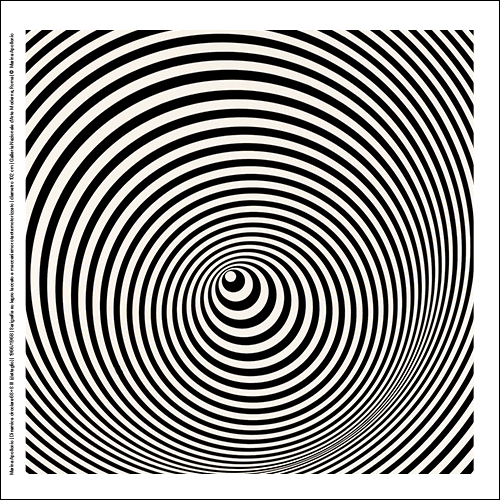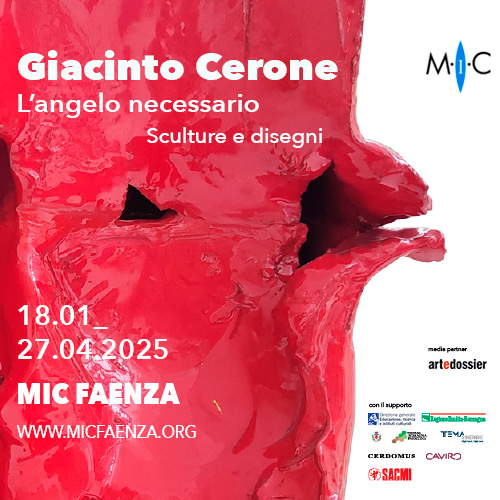Genoa, finishes restoration of "Abraham's Journey," a 16th century masterpiece by Grechetto
The restoration of the Journey of Abraham, a masterpiece by Giovanni Benedetto Castiglione known as Il Grechetto (Genoa, 1609 - Mantua, 1664), a great seventeenth-century Ligurian artist, has been completed in Genoa. The work thus returns to its home, the hall on the second piano nobile of the National Gallery of Palazzo Spinola. The intervention was supported by an Art Bonus project of the company Iren, and is part of Borsa Italiana’s Rivelazioni initiative, which aims to support a model of collaboration between private individuals and institutions in support of Italy’s artistic heritage, an excellence of our country and a fundamental element for its economic development.
The canvas, according to the historical events reconstructed by the director of the Galleria Nazionale di Palazzo Spinola, Farida Simonetti, was placed in its location, the hall on the second floor of Palazzo Spinola, as part of the organization of the picture gallery commissioned by Maddalena Doria Spinola in 1734, and is one of the works she inherited that had been introduced to the residence by her ancestor Ansaldo Pallavicino, who was its second owner. It was precisely Ansaldo Pallavicino, evidently linked to Grechetto by a privileged relationship, who purchased the Journey of Abraham along with four other canvases, including a Circe, for which archival documents show payment in 1653 and which have been preserved to this day in his Pellicceria mansion. Also part of the nucleus he formed was a second Circe, which remained in the part of the Spinola estate donated in 1958 to the Sovereign Military Order of Malta, and anEntrance of the Animals into the Ark, donated by Giacomo Spinola in the early 19th century to theLigustica Academy of Fine Arts where it is still preserved, while a Perspective and a Titius are lost.
The work was restored by Laboratorio Nino Silvestri, which freed the canvas from varnishes and old restorations to restore it to full legibility. The intervention thus made it possible to make evident and appreciable the characteristics of Grechetto’s workmanship, such as the textural relief and chromatic brilliance of his palette, especially in the foreground vettovities, and the depth of the scene in its various details up to the real subject relegated to the background. It is precisely the resulting peculiar “inverted hierarchy” composition that gives ample emphasis to the objects and animals (Grechetto was famous precisely for his paintings of animals), now so appreciable in their executive quality, that makes it agile to understand how the theme of patriarchal journeys was one of the artist’s most replicated subjects and most appreciated by patrons.
The Revelations project, thanks to the proposal of Genoese art historian Anna Orlando, this year involved the two Genoese state museums, both directed by Alessandra Guerrini, namely the Museo di Palazzo Reale and the Galleria Nazionale di Palazzo Spinola. On the latter, thanks to this initiative, it was possible to involve ETT s.p.a. in supporting the restoration of Guido Reni’s Amorsacro e Amor profano, which was presented in its full legibility and enjoyability first in Vienna and now at the Rijksmuseum in Amsterdam, where it is the protagonist of the exhibition Caravaggio and Bernini. Revolution in the arts and will be presented in the BIG room of Borsa Italiana in Milan this fall. There, works from the Royal Palace Museum are currently on display, as well as the video illustrating the restoration of Grechetto’s work, which is now being presented in its historic home.
Pictured: the Journey of Abraham by Grechetto after restoration.
 |
| Genoa, finishes restoration of "Abraham's Journey," a 16th century masterpiece by Grechetto |
Warning: the translation into English of the original Italian article was created using automatic tools. We undertake to review all articles, but we do not guarantee the total absence of inaccuracies in the translation due to the program. You can find the original by clicking on the ITA button. If you find any mistake,please contact us.





























